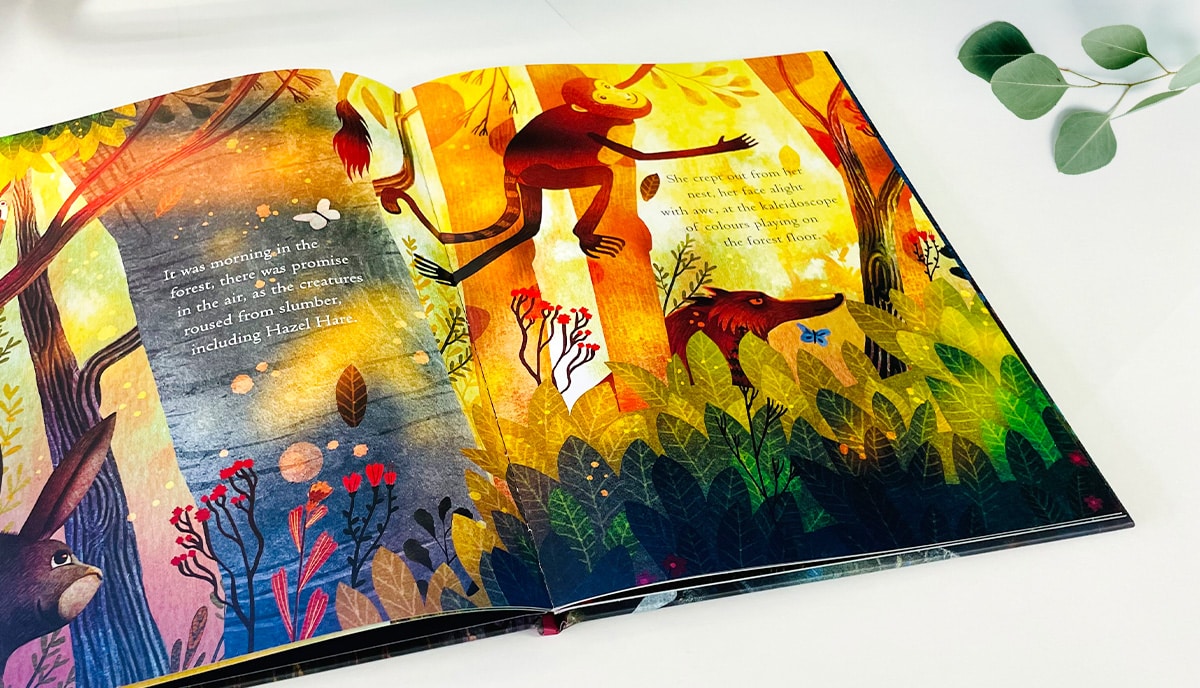Defining the differences between juvenile, middle grade and young adult fiction seems to be a very difficult thing for many people to achieve. Here, after working with self-published writers for over 25 years, we give our take on the issue. Our answer may not be definitive, but we believe it may be helpful.

“What is the difference between middle grade and YA fiction?” seems to be a tough question. It's one of those issues that people get tangled up in and find it hard to extricate themselves from with any clarity or understanding. It's hard for new or up-and-coming writers. Part of the problem seems to be that everybody and her aunt has a different perspective on the issue, a different definition. The distinctions seem to be fuzzy. There's no hard-and-fast rule inscribed in stone.
Many traditionally published authors may think they don't have to think about it. It's something their agent will consider, or the editor, or the marketing team, or whoever. And while such writers may get away with it, they could miss a trick. Knowing who you're writing for is one of the ground rules of writing for a living. Writing for a living means writing for an audience; and to get that audience to part with their pennies you need to know who they are.
For independents who are considering writing for any of these markets it's crucial to know what you think before you write, and to define what you've written before you market it.
So, what contribution do we have to make to the muddle?
Well, let's clarify that we have no intention of offering a definitive answer. We think anyone who attempts to do so may be deluded, and at worst being deceptive or oversimplifying the case. It is a fuzzy issue. What we can do is offer you a practical way of discerning juveniles from middle grade and answering the question, “What is the difference between middle grade and YA Fiction?” Moreover, this method is not only practical, it's one we've seen applied with success by several self-published writers. It's not an academic definition, nor a literary one; it's a pragmatic definition based on our experience working with writers, for the benefit of working writers. It's in that spirit we offer it to you now.
Some definitions don't cut the mustard
Let's spend a moment dealing with two of the more common ways of defining these things, of separating them out, of pigeonholing them, which we consider useless to writers. The reason we mention them is that they're in common currency in the publishing world. We wouldn't want you to waste time on them.
The first of these slots books into age-range categories. This is the method used by busy librarians and booksellers who wish to shelve stock as quickly as possible. And it has an undeniable utility for them. We would be the last people to say a word against librarians. They are among our most valued citizens.
But you see these categories written above shelf sections in high street bookstores and in libraries. In this system juvenile fiction is work intended for readers from the ages of 4 to 7 or 8 years old. Middle grade fiction is work intended for readers from the age of 8 or 9 years old to about 13. Young adult fiction is for everyone from 13 or 14 years old up to about 18. So, what's wrong with this?
What's wrong is that it tells us absolutely nothing at all! What do 10-year-olds like to read? It's a preposterous question! All 14-year-olds like to read… what? It's ridiculous.
There are plenty of nine-year-olds who will browse and devour works placed on the YA shelves, and plenty of adults read there, too. There are seven-year-olds more than capable of enjoying Shakespeare, as there are adults intimidated by anything more complex than an Enid Blyton. It doesn't help the writer to know how old readers are. It's useless information. So, let's shelve that idea and leave it alone.
Grammatical gobbledygook definitions
The second common way of determining these categories is by the complexity of sentence structure, plot structure, vocabulary, and any number of other technical or literary characteristics. But for the same reasons stated above, this really is no help to the writer. In any case, if you are writing for any of these markets you really should be reading widely in them, too. If you are a writer with any natural sauce, you will have an ear for what works and what doesn't work for the audience you have in mind.
Toward a working definition
Now to something that will actually help. Our preferred approach to defining the differences between juvenile and middle grade, and answering people who ask, “What is the difference between middle grade and YA?” is to look at the heart of the story and ask, “What is the purpose of this story in terms of the protagonist, and by proxy, the reader, who will be identifying with the protagonist?”

What defines juvenile fiction?
Well, a good rule of thumb is that for juvenile fiction the purpose of the story in terms of the protagonist is to reassure the reader that “all is well with the world; everything has a place, and everything ends up in its place.” It's to bestow a sense of certainty, of predictability, of security in a sometimes frightening and threatening world. It's the classic bedtime story. No story that would keep you up at night worrying about the state of affairs, angsting about your own existence, or fearing what may lie in the unseen dark, could possibly fall into this category. Antagonists in such tales are frequently ghosts who turn out not to be real, bullies who are cowards at heart, simple misunderstandings that get cleared up neatly, or “bad-uns” who realize the error of their ways. Adventures may be had, risks may be run, threats and dangers may be faced – but in the end, all is well. This is the hallmark of juvenile fiction.
What defines middle grade fiction?
Middle grade is a different matter altogether. The purpose of the story for the protagonist in works of middle grade fiction is to find where she belongs, to locate herself, to understand her place in the family, in school, in the village, on the street, in the world. It is the quest for belonging, for connection, and for a clear role properly understood. It's no coincidence that almost all middle grade fiction begins with a child thrust into a new context in which at the outset she feels alienated and afraid. Typical scenarios are the first day at a new school, moving to a new town, being temporarily abandoned by one's parents in the house of strangers. Many protagonists in middle grade fiction begin their stories feeling anxious and lonely, and end their stories feeling at home, feeling loved, surrounded by a supportive network of friends and family. Middle grade protagonists are often marked out as “different” in some way – a minority racial type, disabled, shorter, taller, foreign, shy, the only kid with divorced parents and so on – but end up achieving acceptance within a group. And that journey into belonging is the hallmark of middle grade fiction.
What defines young adult fiction?
Young adult fiction makes different demands upon its protagonists and puts them to the test in new and thrilling ways. The purpose of a young adult story in terms of the protagonist is that she should discover her individuality; that she should come into her own personal power, self-realization, and autonomy within the world. So, having realized her true self, she should use her new-found agency to catalyze real and positive changes in the world she inhabits; to own responsibility for her life and the lives of others. This journey so powerfully mirrors ancient mythological themes it's no wonder or surprise that many YA stories play themselves out in fantasy worlds where the new powers can be expressed as tangible acts of magic. And that, essentially, is the defining characteristic of young adult fiction.
So those are the definitions which we suggest you use to answer the question, “What is the difference between middle grade and YA?” Take them or leave them. Although we hope they will be useful to you. We certainly think they're worth adding to your list of considerations as a writer when you're preparing to write, or having created something, preparing to aim it toward your target market.
Reading through your work and asking yourself, “Does this story seek to reassure the reader that all is well with the world as it is? Or does this story explore how we find our place in the world and achieve a sense of belonging, carving out our small niche and understanding our connections to others? Or, finally, does this story show how a person can realize her individuality, come consciously into her full power as a person, and then employ that power to create change?” Asking these questions really helps in understanding for whom you're writing. In the first case, the juvenile market. In the second case, the middle grade market. And in the last instance, for young adults.
Talk to us!
When you've finished your book—whether juvenile, middle grade, or young adult—and it's been edited, proofread, and polished, get in touch. If you want to self-publish, talk to us about the advantages we can offer you as an independent creative in terms of a beautiful product and cost-effective printing and shipping. We have more than 25 years' experience in the industry working with authors just like you. We'd be delighted to play our small part in your success. Get in touch as soon as you're ready, either for an informal chat through the options or a no-obligation quote if you're nearly ready to go to press.









